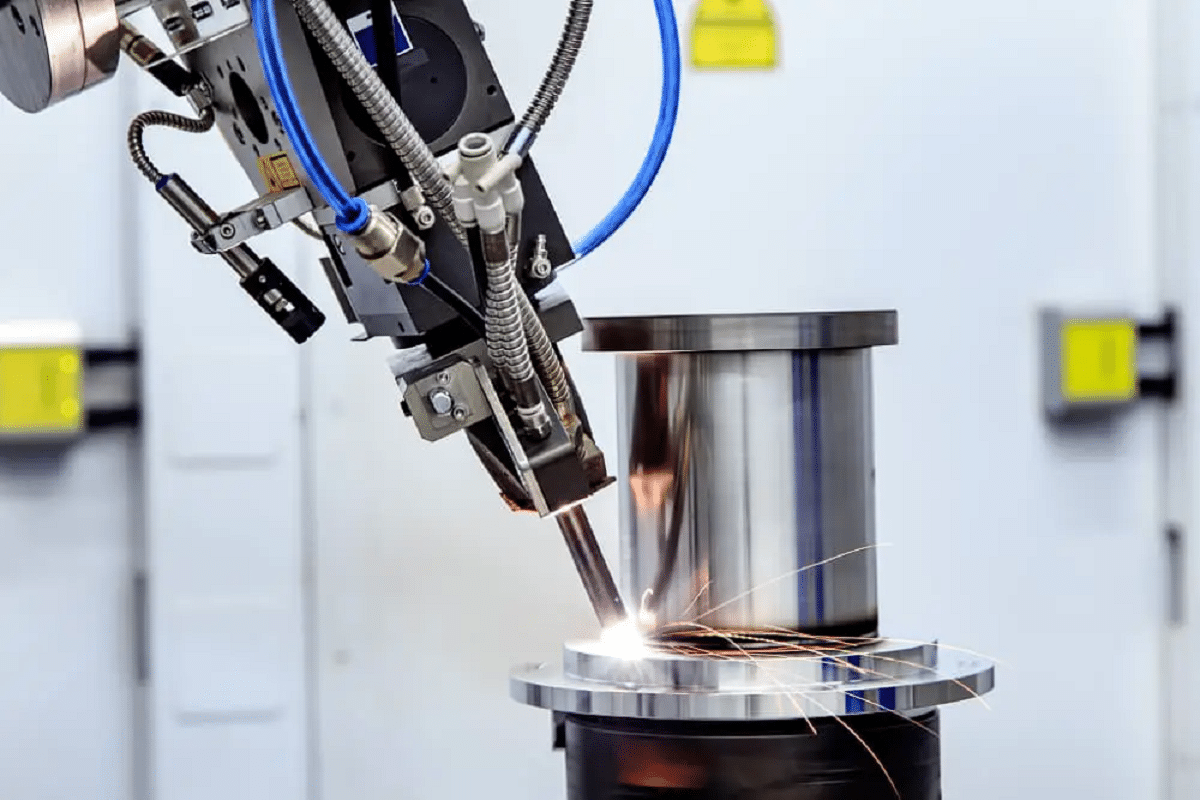Comprehending the Causes and Solutions for Undercut Welding in Metal Construction Procedures
In the realm of steel construction processes, the event of undercut welding presents a substantial difficulty that demands a thorough understanding of its reasons and practical services. The complex interaction of numerous elements throughout welding operations can result in this unwanted sensation, impacting the structural integrity and total high quality of the bonded joints - Preventing weld undercut. By studying the source of undercut welding and exploring effective restorative procedures, fabricators can boost the criterion of their workmanship and guarantee the production of perfect steel elements
Common Reasons For Undercut Welding
Frequently overlooked in metal manufacture, undercut welding happens due to various aspects that demand thorough interest and expertise to be effectively mitigated. In addition, incorrect welding methods, such as making use of the wrong welding angle or travel speed, can also add to damage formation. The option of welding specifications, such as voltage, present, and cord feed speed, plays a substantial duty in the occurrence of undercut welding.
Impact of Incorrect Welding Parameters
Inaccurate welding specifications can considerably compromise the integrity and high quality of welded joints in steel fabrication procedures. The effect of wrong welding specifications shows up in numerous methods, leading to architectural weak points and flaws in the welded components. One vital aspect affected by inappropriate welding criteria is the infiltration depth of the weld. Not enough warm input as a result of low welding currents or exceedingly high travel rates can cause inadequate blend between the base metals, leading to insufficient joint infiltration and damaged bonds. On the other hand, excessive warm input triggered by high welding currents or slow-moving travel rates can bring about burn-through and too much reinforcement, developing a brittle and unstable weld structure. In addition, inaccurate criteria such as improper voltage setups or incorrect electrode angles can add to irregular weld grain profiles, lack of combination, and increased opportunities of problems like damaging. Careful focus to welding criteria is vital to guarantee the manufacturing of high-quality welds with the wanted mechanical buildings and architectural honesty.
Effect of Improper Torch Angle
Improper torch angle in welding operations can dramatically impact the high quality and honesty of the last weld joints in metal fabrication processes. The torch angle plays a crucial duty in figuring out the warm input and circulation throughout welding. When the lantern angle is wrong, concerns such as undercutting can occur. Damaging is a common welding problem where a groove forms along the weld toe, damaging the joint and jeopardizing its structural stability.
A lantern angle that is too steep can cause not enough infiltration, insufficient blend, and increased spatter. On the other hand, a lantern angle that is too shallow can lead to excessive infiltration, burn-through, and distortion of the base material. Preventing weld undercut. Proper lantern angle is necessary for guaranteeing constant weld quality, strength, and look
To stop undercutting and other defects additional hints triggered by incorrect torch angles, welders have to be trained to maintain the proper torch angle throughout the welding procedure. Normal surveillance and modification of lantern angles throughout welding can help attain audio welds with very little defects.
Duty of Inadequate Welding Strategies

An additional facet of insufficient welding techniques is improper weld prep work. Poor cleansing of the base metals, incorrect joint layout, or insufficient side prep work can all add to damage welding. Moreover, poor protecting gas protection or utilizing the incorrect sort of gas can lead to incomplete blend and the development of undercut problems.
To deal with the duty of insufficient welding his response strategies in steel construction procedures, it is important to supply extensive training for welders. Proper education on welding parameters, joint prep work, and shielding gas option can help protect against undercut welding and ensure high-grade welds in metal manufacture projects.
Efficient Solutions for Undercut Welding
Attending to undercut welding in metal manufacture calls for executing effective services to enhance weld high quality and structural stability. Among the main remedies to fight undercut is to adjust welding specifications such as voltage, existing, and take a trip speed to guarantee proper warmth input and fusion. By fine-tuning these settings, welders can stop too much melting of the base metal and filler product, decreasing the chance of undercut development.
In addition, correct joint prep work is important in avoiding undercut. Making sure clean base steel surfaces without contaminants and making use of the proper bevel angle can assist promote better weld infiltration and minimize the risk of undercut - Preventing weld undercut. Employing ideal welding strategies, such as oscillating the lantern or weaving, can likewise help in distributing warmth uniformly and filling the weld joint adequately, minimizing the possibility of undercut issues
Furthermore, picking the proper welding consumables, including electrodes and filler metals, is essential in mitigating undercut. Using products with ideal chemical structures and mechanical residential properties can add to accomplishing sound welds with very little undercut. Routine assessment visit the site and top quality control actions ought to likewise be implemented to find and deal with undercut issues quickly, making certain the general integrity of produced metal elements.

Final Thought
In conclusion, understanding the reasons and solutions for undercut welding in metal fabrication procedures is crucial for achieving high-grade welds. By addressing common causes such as wrong welding parameters, inappropriate lantern angle, and inadequate welding techniques, welders can avoid undercutting and ensure solid, resilient welds. It is vital to focus on these factors and implement efficient options to enhance the total welding process and end product high quality.
